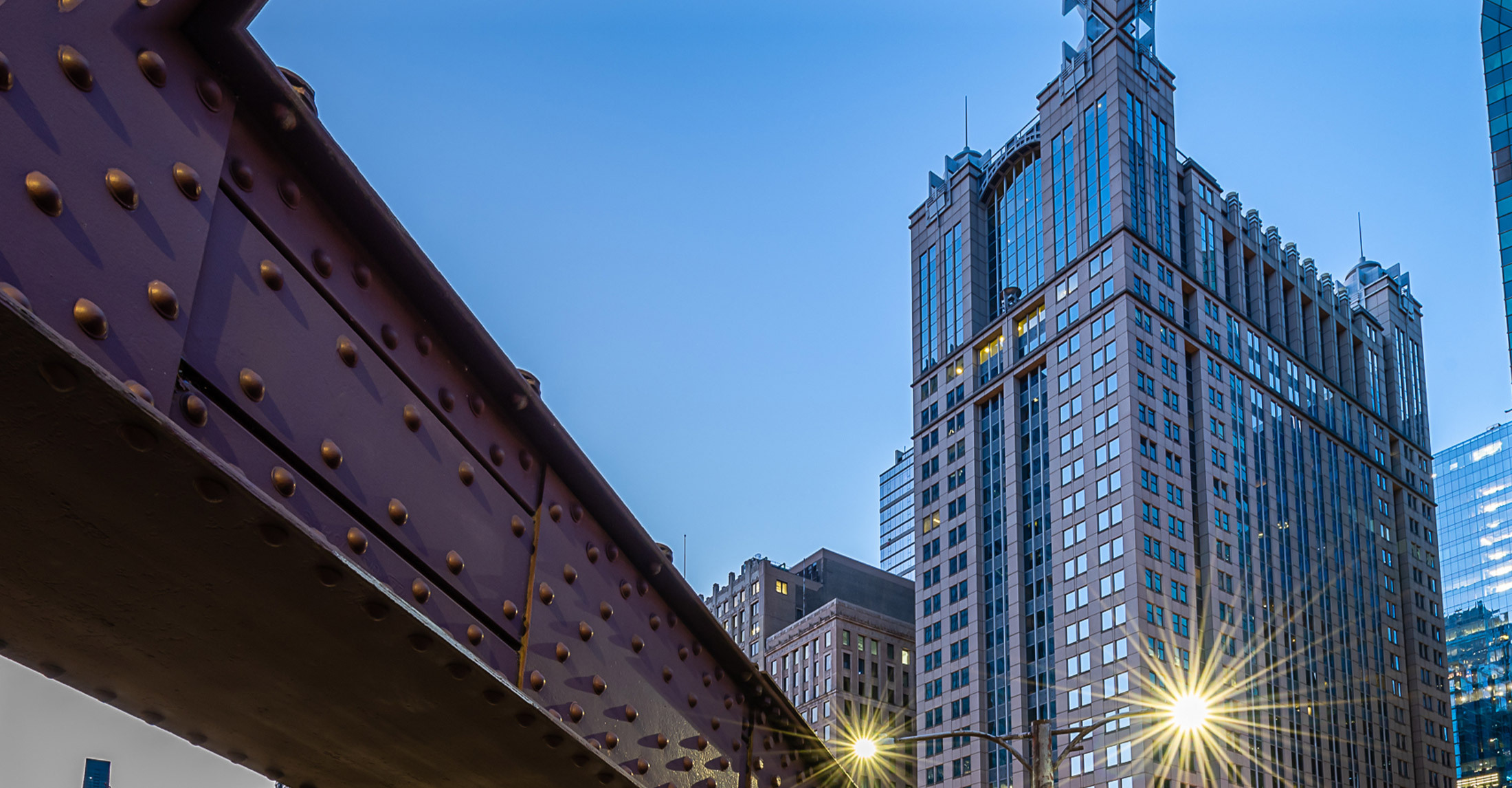
The Takeaway
A recent ruling by Illinois’ Third District Appellate Court reinforced the fact that a plaintiff can’t bypass the 10-year statute of repose related to design and construction of an improvement simply by framing a design defect claim as negligent maintenance. See Difoggio v. Cnty. of Will Div. of Transp., 2024 IL App (3d) 230261.
Since the claim at issue was in essence for a design defect, it was time-barred under Section 13-214(b) of the Illinois Code of Civil Procedure. (735 ILCS 5/13-214(b)).
Case Background
In 2018, Plaintiff, Dominic Difoggio, was driving on Schoolhouse Road in New Lennox, Will County. Id. at ¶ 3. As he neared the bridge on Schoolhouse Road crossing Hickory Creek, his vehicle slid on ice and/or snow and slid into a concrete or cement abutment at the southwest corner of the bridge. Id. His vehicle was damaged, and he suffered injuries. Id.
Plaintiff filed a negligence claim against Will County and Will County Division of Transportation (“WCDOT”), among others. Id. at ¶ 6. He alleged defendants had a duty to design, inspect, repair and/or otherwise ensure the safety and use of roadways and bridges (and components and barriers thereof) owned by Will County. Id. He argued that Will County breached this duty because it “failed to properly maintain Schoolhouse Road” and “failed to ensure that Schoolhouse Road was properly and safely fit for its intended use.” Id. Specifically, he alleged that the lack of a guardrail or other barrier on the southwest corner of the bridge created “dangerous conditions” on Schoolhouse Road. Id.
During discovery, it was revealed that the bridge was constructed between 2005 and 2007. That construction included the installation of guardrails at all corners of the bridge except the southwest corner. Id at ¶ 7.
Will County and WCDOT eventually filed a motion for summary judgment. They asserted plaintiff’s action was barred under the 10-year statute of repose related to design and construction of an improvement. (735 ILCS 5/13-214(b) (West 2022)). Id. at ¶ 10. Prior to hearing the motion, the circuit court entered an order dismissing WCDOT from the case. Id. at ¶ 11. The matter then proceeded to a hearing on the motion for summary judgment, which the court granted. It found there was no issue of material fact. Id.
Analysis of Appellate Court Ruling
On appeal, the appellate court noted that plaintiff alleged Will County was liable for his injuries because the bridge in question was designed and constructed without a guardrail on the southwest corner. Id. at ¶ 17. In response, defendant asserted plaintiff’s claim was barred by the statute of repose in Section 13-214(b) of the Code (735 ILCS 5/13-214(b) (West 2022)) because the bridge was designed and built more than 10 years before plaintiff filed his complaint. Id.
The appellate court went straight to Section 13-214(b) of the Code, which establishes a 10-year statute of repose for construction projects. Id. at ¶ 18. It provides that:
[n]o action based upon tort, contract or otherwise may be brought against any person for an act or omission of such person in the design, planning, supervision, observation or management of construction, or construction of an improvement to real property after 10 years have elapsed from the time of such act or omission. 735 ILCS 5/13-214(b) (West 2022).
Id. The court noted that Section 13-214(b) applies to local governments engaged in construction activities, including work performed on roadways. Id. “It was enacted for the express purpose of insulating all participants in the construction process from the onerous task of defending against stale claims.” Id.
The appellate court noted that Section 13-214(b) applies even if a plaintiff avoids using the term “design defect” in a complaint but in essence alleges the gist of a design defect claim (e.g., the defendant “created and maintained a dangerous condition”). Id. at ¶ 19. If the crux of a plaintiff’s claim is that a dangerous condition existed upon completion of construction and has remained unchanged, it’s a claim for defective design defect, and Section 13-214(b) applies. The court further advised that to apply an ongoing duty to improve the property “would defeat the stated purpose of the construction statute of repose, that being the insulation of participants in the construction process from defending against stale claims.” Id.
In this case, plaintiff alleged Will County was negligent by participating in the design, approval, construction, implementation, and building of a “dangerous” bridge. Id. at ¶ 20. The court noted that while he attempted to couch his complaint in terms of negligent maintenance of the bridge and roadway, his claim was really one for a design defect. Id.
The undisputed facts established that the bridge was completed in 2007 with guardrails on three corners of the bridge and none on its southwest corner. Id. The absence of a guardrail on the corner where plaintiff’s injury occurred is what he claimed was “dangerous.” Id.
However, because the crux of plaintiff’s claim was that this alleged dangerous condition existed as of 2007, it was in fact a claim for a design defect, something he would had to have claimed no later than 2017. Id. Since he did not file his complaint until 2019, his claim was time-barred. Id. Thus, the appellate court found the trial court properly granted summary judgment in favor of Will County on this claim. Id.
- Partner
Katie Fulara Vinge defends clients in civil litigation, with a focus on construction injury and defect and professional liability. Her clients appreciate both her advocacy and her pragmatic approach in order to best frame a defense ...


